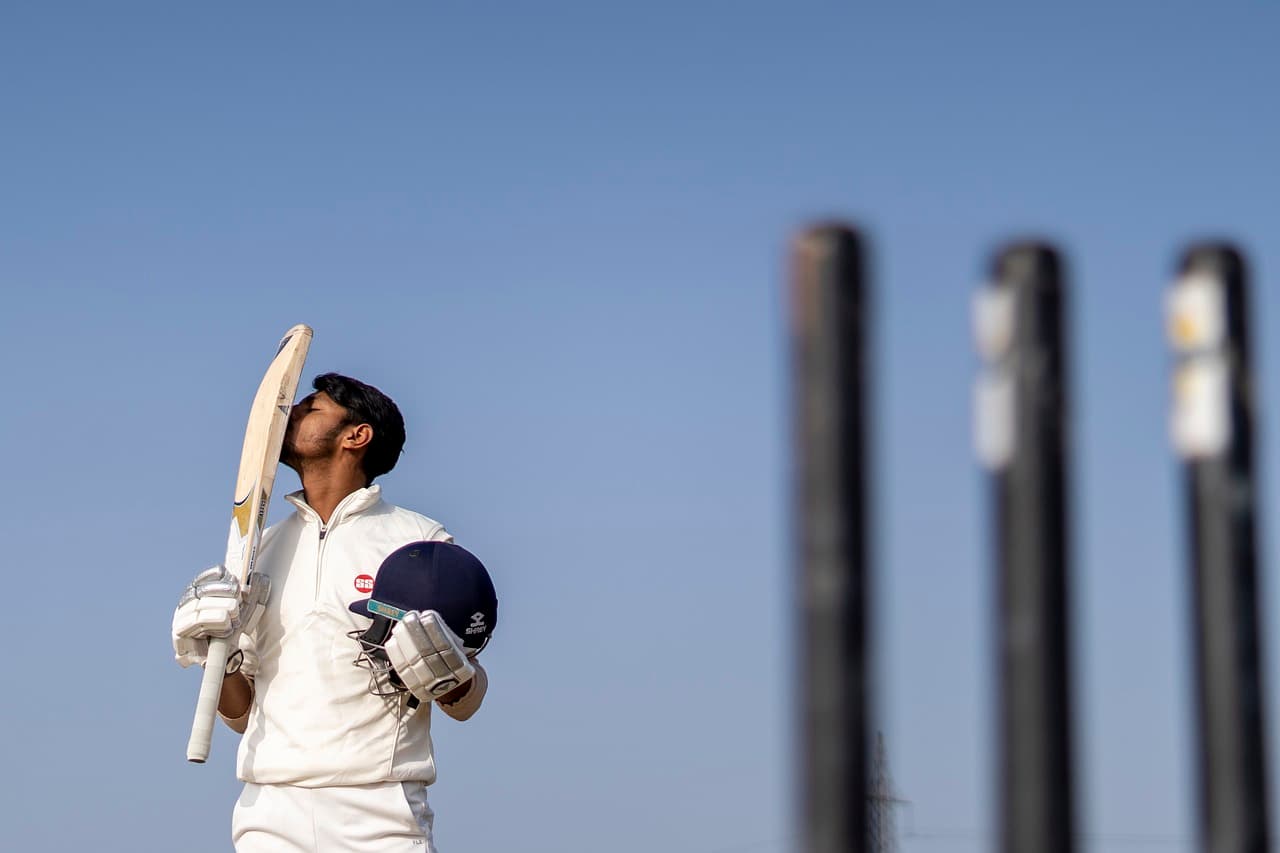How Cricket Evolved Over Time
It’s commonly believed that cricket, like other sports, wasn’t invented by any individual but evolved organically over time. Historians widely accept that the game originated in Southeast England during the medieval period. The earliest known reference to the sport dates back to a 1598 court case involving a land dispute, in which it was mentioned that boys were playing "cricket" on the property.
A 2018 article from The Guardian points out that cricket was likely derived from a variety of stick-and-ball games that were prevalent in medieval Europe. One such game, believed to be played by children, involved hitting a ball toward a target with a curved stick.
Cricket, as we know it today, began to take shape in the 17th century, and it wasn't until much later that the rules were formalized. The sport likely gained its foothold because of its accessibility—anyone with a stick and ball could participate.
Early Mentions and Theories on Cricket’s Origins
While it’s hard to pinpoint the exact origin of cricket, several historical mentions shed light on its development. In 1611, the word “cricket” was first defined in a dictionary, describing it as a game played by boys. However, in the same year, records show that adult men were also engaged in the game in Surrey, England.
Some theories also propose that cricket may have been influenced by Flemish settlers who brought over a game known as “golf,” which bore some resemblance to cricket. A blog post on Orchids International School mentions that Flemish immigrants brought golf to Southern England in the late Middle Ages, and this could have merged with local customs to give rise to cricket.
Moreover, an article on WorldAtlas suggests that the word "cricket" might have been derived from the Old English word "cryce" or the Dutch "krick," both meaning a stick. This further supports the notion that cricket was a grassroots game that gradually evolved.
The Growth of Cricket in 17th-Century England
Cricket continued to gain popularity throughout the 17th century, particularly in the counties of Sussex, Kent, and Surrey. Records from 1611 show that cricket was played during Easter in some regions, which at the time was considered inappropriate because it broke the Sabbath. By the late 1600s, cricket was no longer just a pastime for children but had become an organized sport.
A major development occurred when Charles Lennox, the Duke of Richmond, became a prominent supporter of the game. The Duke established the first known patronage of cricket by organizing matches between villages in the early 18th century. By 1744, the Laws of Cricket were officially codified by the newly formed Marylebone Cricket Club (MCC), cementing the game’s status in English culture.
"The first known scorecards appeared in 1776, thanks to T. Pratt of Sevenoaks, and they quickly became standard at matches" (ESPNcricinfo).
Cricket’s International Spread
As British influence expanded through colonization, cricket spread to other parts of the world. By the 18th century, British soldiers and colonists had introduced the sport to places like the West Indies, India, Australia, and New Zealand. Cricket became an integral part of British life abroad and a tool for social cohesion among the expatriate communities.
The earliest recorded cricket match outside of England took place in North America in 1751, between a British army garrison and local settlers. Cricket thrived in the British colonies, with teams like Australia’s national side, which became an international cricketing powerhouse in the late 19th century.
A significant moment in cricket history occurred in 1844 when the United States and Canada faced off in what is considered the first international cricket match. However, the sport’s popularity in North America dwindled after the rise of baseball.
According to Britannica, cricket also made its way to India, where it was initially played by British officials and army officers. Over time, native Indian players picked up the game, and it became deeply rooted in Indian society. By the 1930s, the Indian national team was participating in international matches.
“Cricket owes much of its appeal and enjoyment to the fact that it should be played not only according to the Laws but also within the Spirit of Cricket” (Zap Cricket).
The Last 50 Years: The Rise of Limited-Overs Cricket
The last half-century saw the most significant changes in the format of cricket. The introduction of limited-overs cricket, particularly One Day Internationals (ODIs), revolutionized the game, making it more spectator-friendly. The inaugural Cricket World Cup, held in 1975, was a turning point in the sport's commercialization and global appeal.
In 2003, the rise of Twenty20 (T20) cricket marked another massive shift. This shorter format gained immense popularity for its fast-paced, high-energy matches, appealing to younger audiences and making the game accessible to millions who had little time for the traditional five-day Test matches.
An article on ESPNcricinfo mentions that T20 cricket's popularity has skyrocketed, with leagues like the Indian Premier League (IPL) drawing record-breaking viewership. The IPL, in particular, has helped cricket penetrate new markets and attract big sponsorships.
Cricket in the 21st Century: A Global Phenomenon
In the 21st century, cricket has grown beyond its colonial roots. Today, it is one of the most popular sports in the world, particularly in South Asia, where India, Pakistan, Sri Lanka, and Bangladesh boast millions of passionate fans. According to ESPNcricinfo, over 1 billion fans watch cricket globally, with around 90% of them residing in the Indian subcontinent.
Cricket has also seen a rise in women's participation. The International Women’s Cricket Council was formed in 1958, and since then, the popularity of women’s cricket has grown exponentially. The success of the women’s teams from Australia, England, and India has helped bring more visibility to the sport.
Fun Facts About Cricket’s History
- The longest cricket match 14 days between South Africa and England in 1939, is known as the Timeless Test.
- Cricket was part of the 1900 Olympics in Paris, though it hasn't been included since.
- Brian Lara holds the record for the highest individual score in Test cricket with 400 runs in a single inning.
- The Ashes, played between England and Australia, is one of the oldest rivalries in sports, dating back to 1882.
Cricket’s Cultural Impact
Cricket is more than just a sport; it has played a critical role in shaping the cultures of countries like India, England, and the West Indies. The Smithsonian Magazine points out that cricket, with its rituals and nuances, serves as a bridge between different communities, bringing people together regardless of social standing or background.
In India, cricket is often seen as a unifying force. It has become a national obsession, with players like Sachin Tendulkar achieving near-godlike status. Meanwhile, in the Caribbean, cricket has served as a symbol of resistance and pride during the colonial era and remains a significant part of the region's cultural identity.
"In the West Indies, cricket was more than just a game; it was a means of resistance against colonial rule" (The Cricket Monthly).
The Legacy of Cricket
From its humble beginnings in Southeast England to its global dominance today, cricket’s journey is a testament to its enduring appeal. Whether it’s a local village game or a high-stakes World Cup final, cricket has a special place in the hearts of millions of fans around the world. As it continues to evolve and grow, cricket remains not just a sport, but a cultural institution with a rich and storied heritage.




